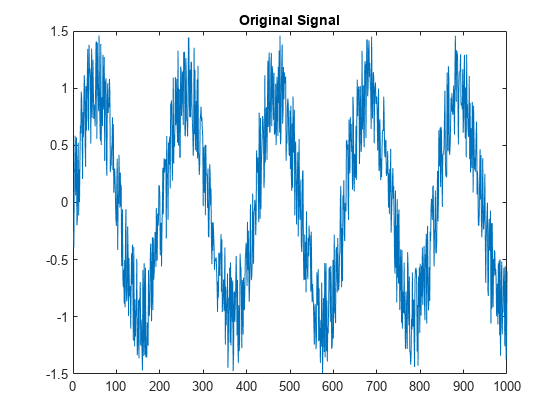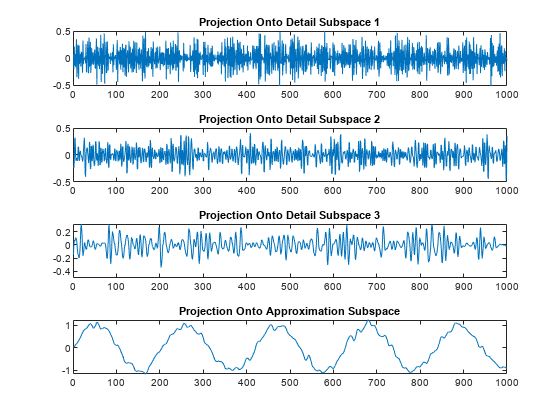wrcoef
Reconstruct single branch from 1-D wavelet coefficients
Description
x = wrcoef(type,c,l,wname)type based on the
wavelet decomposition structure [c,l] of a 1-D signal (see
wavedec for more information)
using the wavelet specified by wname. The coefficients at the
maximum decomposition level are reconstructed. The length of x
is equal to the length of the original 1-D signal.
Examples
Input Arguments
Version History
Introduced before R2006a


